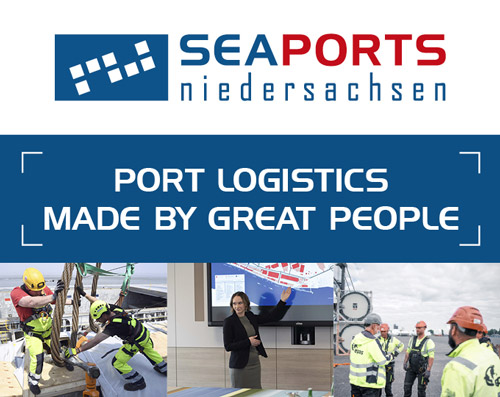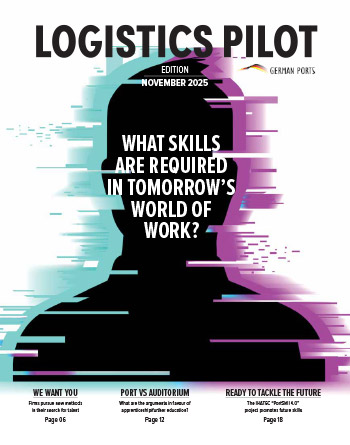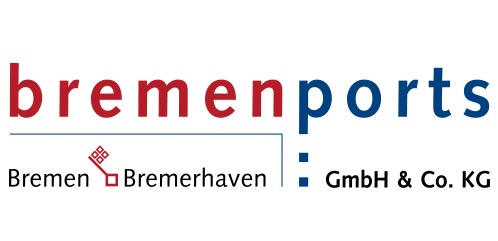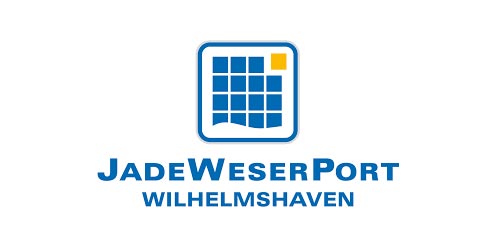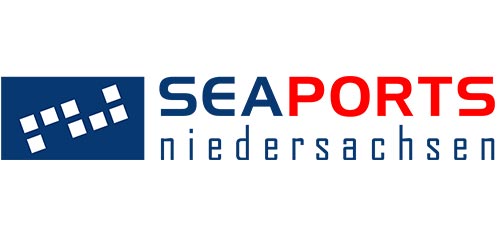Large European ports receive the widest range of shipped goods in containers, which are subsequently transported inland in Germany or other EU countries. However, it is not just goods like tablets, frozen pizza, jeans, auto parts and machine tools that are shipped. “The increase in the flow of goods to Europe has brought an increase in illegal goods being imported by sea. Drug smuggling is a particularly significant concern here,” says Yvonne Schamber, spokeswoman of the German Customs Administration.
A flexible and cooperative system for the exchange of cross-border information was introduced over 30 years ago to prevent and combat smuggling by sea: the international maritime information system (MAR-INFO). This is divided into the two regional (south and north) water areas MAR-INFO-SÜD and MAR-INFO-NORD, with the latter being chaired by the Customs Investigation Bureau. Through this group, numerous EU countries, including Belgium and the Netherlands, and also some non-member countries, exchange views on current developments in the fight against international drug crime. The rapid international exchange of information provided by around 20 customs liaison officers in the form of administrative and legal assistance is coordinated within the Customs Investigation Bureau here in Germany. “Their work and coordination with colleagues, especially those in the neighbouring European countries, is indispensable for the cross-border fight against drug-related crime and for the support of the authorities involved,” the custom expert states. This international exchange of experience not only brings operational benefits and important insights into new developments, but also fosters the development of joint strategies and tight controls.
Focus on: Rotterdam, Amsterdam and Hamburg
As they see it, all ports in Europe are possible entry points for drug smuggling: “However, due to their size and the high level of container handling, the seaports of Rotterdam and Antwerp, but also Hamburg are key locations for perpetrators.” This fact has been recognised by customs, and its measures aligned accordingly – with success. In February 2021, more than 16 tonnes of cocaine were seized in the Port of Hamburg, based on the risk analysis of several European customs authorities. This was the largest amount of cocaine seized in Europe to date. Only a few days later, there was anotherinvestigative win by the MAR-INFO-NORD Customs Investigation Bureau, with 7,200 kilograms of cocaine being seized in the port of Antwerp.
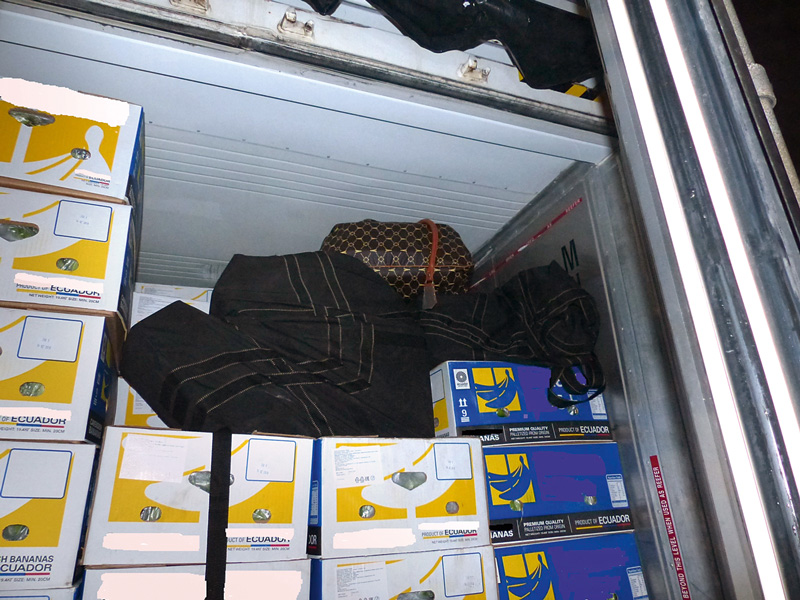
With a mobile X-ray system, customs can scan containers at terminals for different goods which the criminal believes are out of sight. This is not limited to drugs.
Cocaine bust in Bremerhaven
Bremerhaven has also been afflicted by criminal forces. Last year, criminals attempted to smuggle 328 kilograms of cocaine past authorities in a container loaded with scrap steel from the Brazilian Santos – without success. The load was discovered and seized by customs. In addition, the Danish police, together with German customs, managed to arrest nine people for attempted drug smuggling as part of a criminal follow-up. The perpetrators firmly believed that the cocaine had not been detected in Bremerhaven and had therefore attempted to remove the goods from the container in Copenhagen. The box had been shipped there after being trans-shipped in Bremerhaven.
“These examples show how important cross-border cooperation is – and, above all, that it works well. Smugglers should therefore expect a storm ahead,” Schamber states, sending a clear signal. And with good reason. Further structures for international cooperation are currently being pushed, in which German customs want to cooperate even more closely with the supranational bodies of Interpol, Europol, the World Customs Organization and the EU Commission. (bre)
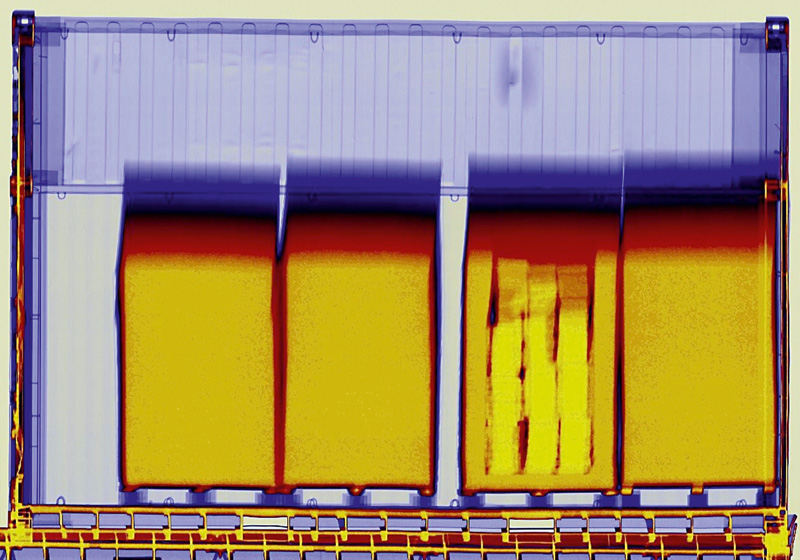
Logistics Pilot
The current print edition - request it now free of charge.

